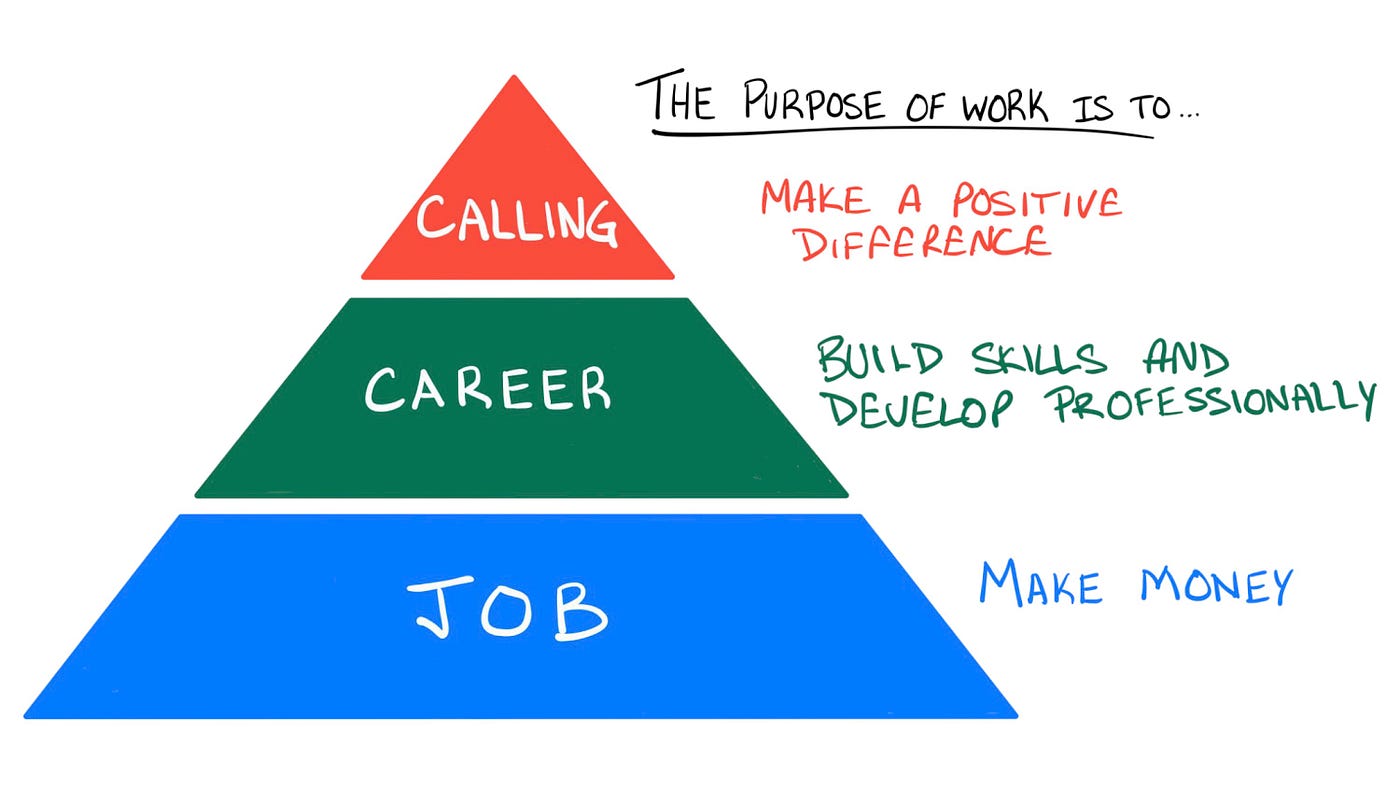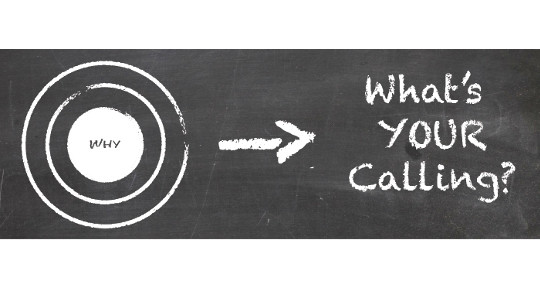The Art of Asking the Right Questions
Asking the right questions is a fundamental skill in communication, problem-solving, leadership, and coaching. The quality of the questions we ask directly influences the depth of insight we gain, the quality of the decisions we make, and the effectiveness of our interactions with others.
Here’s a deeper look into the importance of asking the right questions and how to master this skill:
1. The Purpose of Questions
The primary reason for asking questions is to gain clarity, understanding, and insight. Whether you’re in a leadership role, coaching someone, or simply engaging in a conversation, asking the right questions helps to:
- Uncover information: Instead of making assumptions, asking questions helps reveal the facts and different perspectives.
- Encourage critical thinking: Questions can prompt deeper thought, reflection, and the consideration of various options.
- Foster engagement: Asking open and insightful questions encourages others to participate, share their ideas, and feel valued.
- Drive self-discovery: In coaching, questions are powerful tools to lead individuals to find their own solutions and answers.
- Solve problems: The right questions guide you to the heart of an issue, helping you make informed decisions and avoid misunderstandings.
2. Types of Questions
To ask the right questions, it’s essential to understand the different types of questions and when to use them:
- Open-ended Questions: These questions encourage discussion and deeper thought, often starting with “What,” “How,” or “Why.”
- Example: “What are your thoughts on this situation?”
- Purpose: To explore ideas and gain deeper insights.
- Closed-ended Questions: These are typically yes/no or fact-based questions.
- Example: “Did you complete the report?”
- Purpose: To confirm specific facts or gather straightforward information.
- Probing Questions: These questions dig deeper into an issue or statement.
- Example: “Can you explain more about why you feel that way?”
- Purpose: To encourage elaboration and uncover underlying thoughts or feelings.
- Reflective Questions: These encourage the person to reflect on their experiences or thoughts.
- Example: “How do you think that experience has shaped your approach today?”
- Purpose: To promote self-awareness and personal insight.
- Leading Questions: These subtly suggest the desired answer.
- Example: “Don’t you think this could be a good solution?”
- Purpose: To guide the conversation toward a particular outcome, though they can sometimes be biased.
3. The Impact of Asking the Right Questions
Asking the right questions creates multiple benefits:
- Encourages Ownership: In coaching or leadership, asking open-ended questions allows individuals to take ownership of their decisions and actions by arriving at their own solutions.
- Facilitates Problem-Solving: Questions that challenge assumptions, probe into details, and encourage creative thinking can lead to better solutions and innovations.
- Builds Trust and Engagement: Thoughtful questions demonstrate active listening and interest in the other person’s viewpoint. This fosters trust, strengthens relationships, and encourages open communication.
- Enhances Learning and Growth: When we ask questions, we promote learning—not just for the individual we are asking, but for ourselves as well. Questions open up pathways to knowledge and understanding that we might not have otherwise considered.
4. Techniques for Asking the Right Questions
Here are some techniques to enhance your ability to ask the right questions:
- Be Curious, Not Judgmental: Frame your questions from a place of curiosity and learning rather than judgment. For instance, instead of “Why didn’t you finish the project?” you could ask, “What challenges did you encounter while working on the project?”
- Listen First, Then Ask: Active listening is key to asking meaningful questions. Pay close attention to what the other person says, and use their responses to guide your follow-up questions.
- Avoid Leading or Loaded Questions: Leading questions suggest an answer or are framed in a way that pressures the other person to agree. Instead, ask neutral questions that allow for honest responses.
- Use Silence Effectively: After asking a question, give the person time to think before answering. Silence can prompt deeper reflection, resulting in more thoughtful responses.
- Focus on Clarity: Make sure your questions are clear and specific. Vague questions often lead to confusion and incomplete answers. For example, instead of asking, “What do you think?”, try asking, “What specific steps can we take to improve this process?”
- Ask Follow-up Questions: Don’t stop at the first answer. Follow up with questions that delve deeper or ask for clarification. For example, “That’s interesting—can you explain how you arrived at that conclusion?”
5. The Power of Why
Asking “why” questions can be incredibly powerful when trying to understand the root cause of a problem, motivation, or decision. The 5 Whys technique, often used in problem-solving, involves asking “why” five times to peel back the layers of an issue and reach its core.
- Example:
- “Why did the project fail?”
- “Because we missed the deadline.”
- “Why did we miss the deadline?”
- “Because the team wasn’t communicating well.”
- “Why wasn’t the team communicating well?”
- “Because there were misunderstandings about each person’s responsibilities.”
- “Why were there misunderstandings?”
- “Because we didn’t clearly define roles at the start.”
This process helps uncover the true underlying issue, leading to more effective solutions.
6. Balancing Questions and Answers
While asking the right questions is essential, it’s also important to:
- Balance between Questions and Dialogue: Too many questions in rapid succession can feel like an interrogation. Make sure to leave space for the person to elaborate and turn the conversation into a two-way dialogue.
- Recognize When to Offer Support: After asking questions, sometimes people need guidance or reassurance. Be ready to step in with supportive suggestions if needed, especially if the person feels stuck.
7. Practical Examples of Asking the Right Questions
In various contexts, here’s how asking the right questions can drive results:
- In Coaching: “What’s the biggest challenge you’re facing right now? How do you think you can overcome it?”
- In Leadership: “How can we align our team’s efforts to achieve our strategic goals?”
- In Problem-Solving: “What assumptions are we making that could be limiting our solutions?”
- In Innovation: “If there were no constraints, what would the ideal outcome look like?”
Conclusion
Asking the right questions is both an art and a skill that can significantly improve your communication, leadership, and problem-solving abilities. It promotes deeper thinking, encourages collaboration, and leads to more effective and innovative outcomes. By mastering the ability to ask powerful, thoughtful questions, you can unlock new insights and foster better relationships in both personal and professional contexts.










1 Comment
Very insightful, thank you and send notices on new articles
Warm regards